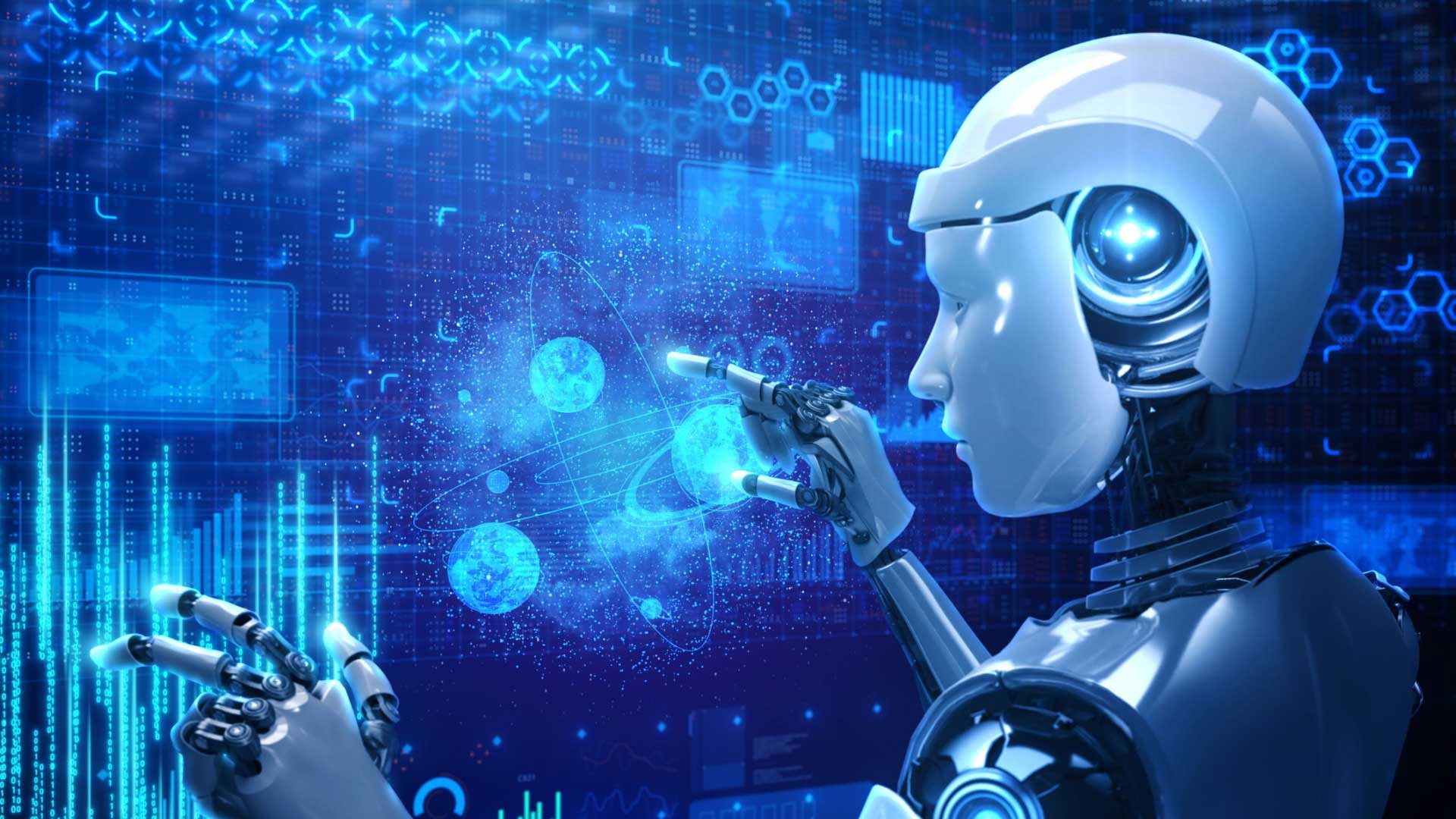
You may have heard quite often recently about how Artificial intelligence has been transforming industries across the world. This technology has now become so advanced that it can automate several processes, not just stocking in warehouses but also creating highly effective marketing campaigns with just a single prompt.
However, most of the AI models can work with only a single type of data. For example, the GPT3 is a text-based LLM model i.e., it can help the users with only the processing of text data. You insert text prompts and you get text output, that’s it. Similarly, in other Generative AI models, such as Pictory, you will get output based on the type and data those AI models have been trained for.
But the world of AI is changing. Now, the development and applications of Multimodal AI are on the rise. But what is it actually?
Understanding Multimodal AI
Multimodal AI refers to the AI systems capable of processing multiple types of data or data from multiple modalities including text, speech, images, videos, and sensor data. It helps such AI models to understand the various kinds of information presented to them.
While a customer service chatbot can help customers with text queries only, it might struggle to understand a happy or irate customer using emojis specific to their emotions. But a multimodal AI system can. It can analyze the text, tone of voice, and facial expressions (if the video is included), and provide a more definite output resonating with customer emotions.
According to Markets and Markets, the multimodal AI market is projected to grow up to $4.5 billion by 2028 exhibiting a CAGR of 35% between 2023-2028. This huge growth rate can be attributed to various factors including the wide adoption of such multimodal AI models that offer several benefits.
Let’s have a look at some of them.
Benefits of Multimodal AI systems
These types of AI models combine information from various sources and therefore, they can achieve higher accuracy in operations like object recognition, sentiment analysis, fraud detection, etc.
Since they pose very user-friendly interfaces, they help with more natural and intuitive interactions with machines. For example, today’s smartphones can easily understand gestures and voice commands instead of just relying on text-based instructions.
Multimodal AI models can process real-world data from varied sources and gain a better understanding of different types of situations.
How does Multimodal AI work?
AI Professionals have reached greater heights in devising advanced technologies and these kinds of AI systems are true examples of human achievements. Here are the various stages of how they work:
Step 1: Data from various sources are gathered, cleaned, formatted, and prepared for processing.
Step 2: Each AI model analyzes each type of data, such as Natural Language Processing (NLP) algorithms used for texts, and computer vision for images, to extract relevant features
Step 3: The features extracted in the above stage are then combined using different techniques including early fusion, late fusion, etc.
Step 4: Finally, based on fused data, the Generative AI model provides output such as classification, prediction, response, and others.
Applications of Multimodal AI
Multimodal AI applications are vast and varied. Here are some examples:
Multimodal Generative AI can be used to analyze medical images and patient records to predict disease outbreaks, or even personalize treatment plans.
Multimodal chatbots can be trained to respond to various types of customer inputs such as text, voice, and sentiment analysis, and provide more efficient and personalized support.
AI applications in education are huge. With multimodal AI, AI tutors can combine speech recognition, facial recognition, student performance data, and other elements to personalize the learning experience.
Recommendation systems can leverage the power of multimodal AI and analyze customers’ purchase history, browsing behavior, facial recognition, etc. to suggest better.
The most popular and widely used multimodal AI systems
Challenges of Building and Using Multimodal AI
Though multimodal AI systems offer a ton of features, they are more challenging to create than unimodal AI.
Future of Multimodal AI
As AI research advances, multimodal AI is expected to become even more sophisticated. Here are some potential future developments:
Conclusion
Multimodal AI systems are still in the growing phase. Proper implementation and wide adoption need to go through various challenges such as complex data, addressing privacy concerns, implementing explainability and bias, and more. However, since their applications can be game-changers in various industries, the future of such models looks quite promising.
As we move towards the future, we can see advancements in deep learning and integration with IoT making them more powerful and purposeful. There’s no doubt as this technology gains adoption, it will have more potential to revolutionize different sectors as we discussed above. So, we can expect more seamless interaction between humans and machines.
Follow us: